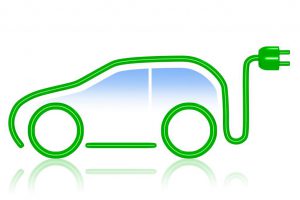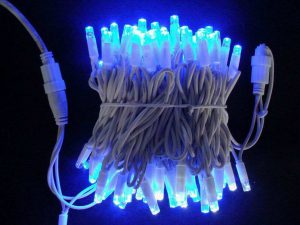- Alumina
- Boron Nitride
- Zirconia
- Other Ceramics
- Applications
- Contact
With the continuous development of electric vehicles, smart grids, nuclear power and solar energy, as well as energy fields such as navigation, aviation, aerospace, and high-speed rail transportation, we have put forward higher requirements for the performance of power equipment.
However, at present, the first generation of semiconductor materials based on silicon materials is approaching the theoretical limit determined by its properties. The third-generation semiconductor materials have wider bandwidth, higher breakdown electric field, thermal conductivity, electron saturation and higher radiation resistance, making them suitable for manufacturing high temperature, high frequency, radiation resistant and high power devices. They are promising to replace the first generation of semiconductor material silicon to meet the higher requirements of the future, and will be more widely used in the industry.
Silicon carbide ceramic materials are the most mature third-generation semiconductor materials and one of the most potential applications. Its various indicators are superior to silicon, and its bandwidth is almost three times that of silicon. In addition, the theoretical operating temperature of silicon carbide devices is 600 ° C, much higher than silicon devices. The following are the applications of silicon carbide in various fields:
As the core advanced electronic material for electric vehicle charging modules and electrical modules, silicon carbide can achieve green, low carbon, intelligent and sustainable development. The advantages of using silicon carbide as an energy supply are mainly reflected in three aspects:
(1) increasing the frequency and simplifying the power supply network;
(2) reducing losses and temperature rise; and
(3) reducing volume and improving efficiency.

Silicon carbide components can improve the power conversion performance of pure electric vehicles or hybrid vehicles. In the electric module of an electric vehicle, the electric motor is an active load, and its rotational speed range is wide, and frequent acceleration and deceleration are required in the driving process, so the working condition is more complicated than the general speed regulating system.
The silicon carbide power switch is an ideal replacement for silicon-based devices because of its extremely low open circuit resistance for high voltage, high temperature and high frequency applications. The use of silicon carbide components can reduce power losses by more than five times while reducing size and weight by more than 40%, which will have a major impact on future grid configuration and energy strategy adjustments.
Silicon carbide power devices are suitable for some high power module applications such as solar inverters. It enables smaller sizes, lower material costs and higher efficiency. The typical conversion efficiency of the new standard solar silicon-based inverter is close to 96%, while the average efficiency of the silicon carbide-based inverter can be increased to 97.5%, which is equivalent to a 25% reduction in inverter losses. In addition, silicon carbide based inverters can increase conversion efficiency by 20% in wind farms.
At present, the third-generation semiconductor material technology and application of LED optoelectronic devices made of silicon carbide as the core material is becoming a new strategic high ground for the global semiconductor industry. Silicon carbide LED lighting equipment can reduce the number of original LED lights by 1/3, reduce the cost by 40-50%, and increase the brightness by two times, and increase the thermal conductivity by more than 10 times. In daily life, silicon carbide LED semiconductor lighting can also be applied to various signal lights, indoor lighting, information screens, color display devices, etc., which can achieve higher electro-optical conversion efficiency, and achieve significant purposes to reduce cost and pollution.

For more information, please visit https://www.speciaLceramicparts.com/.